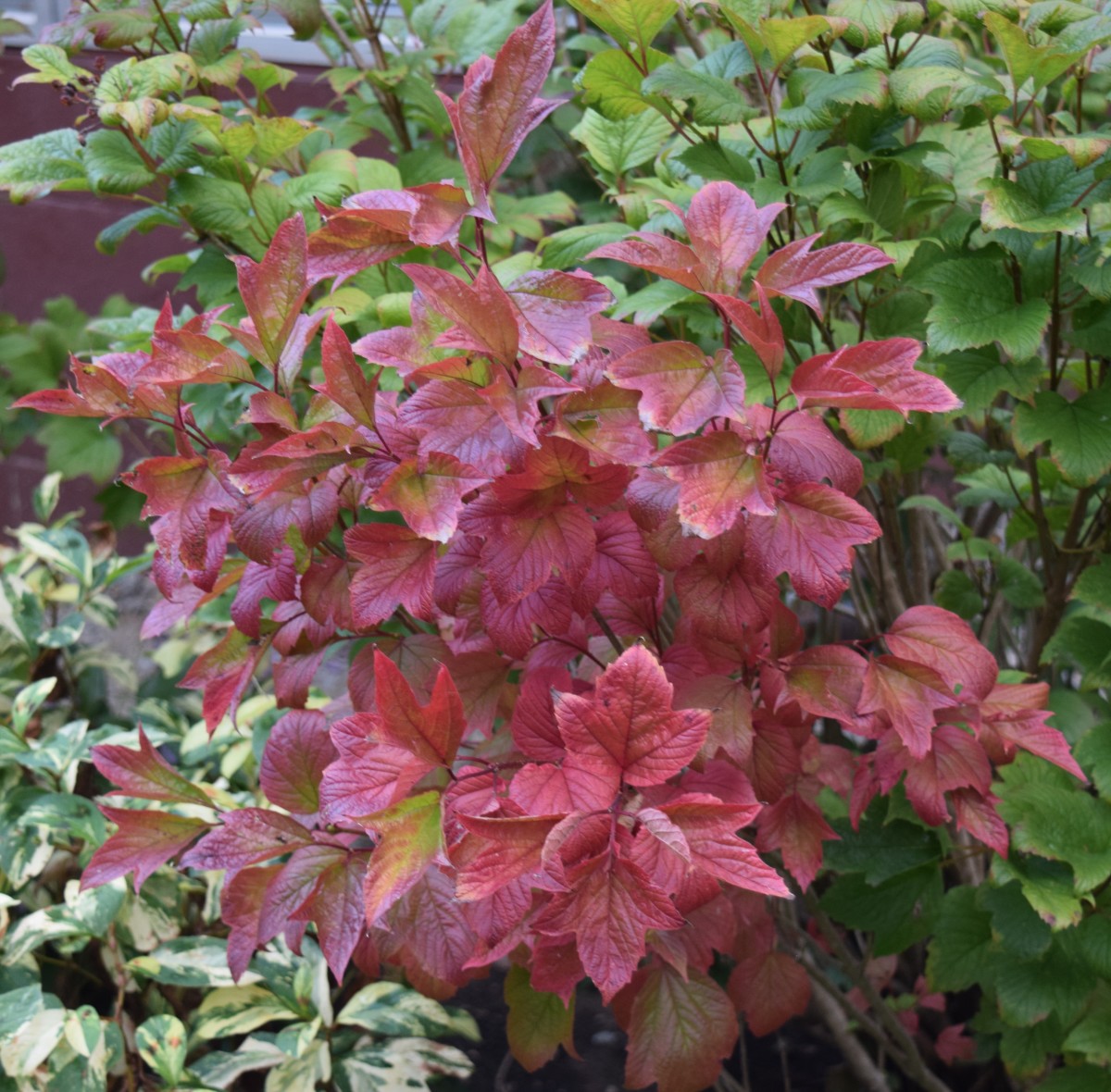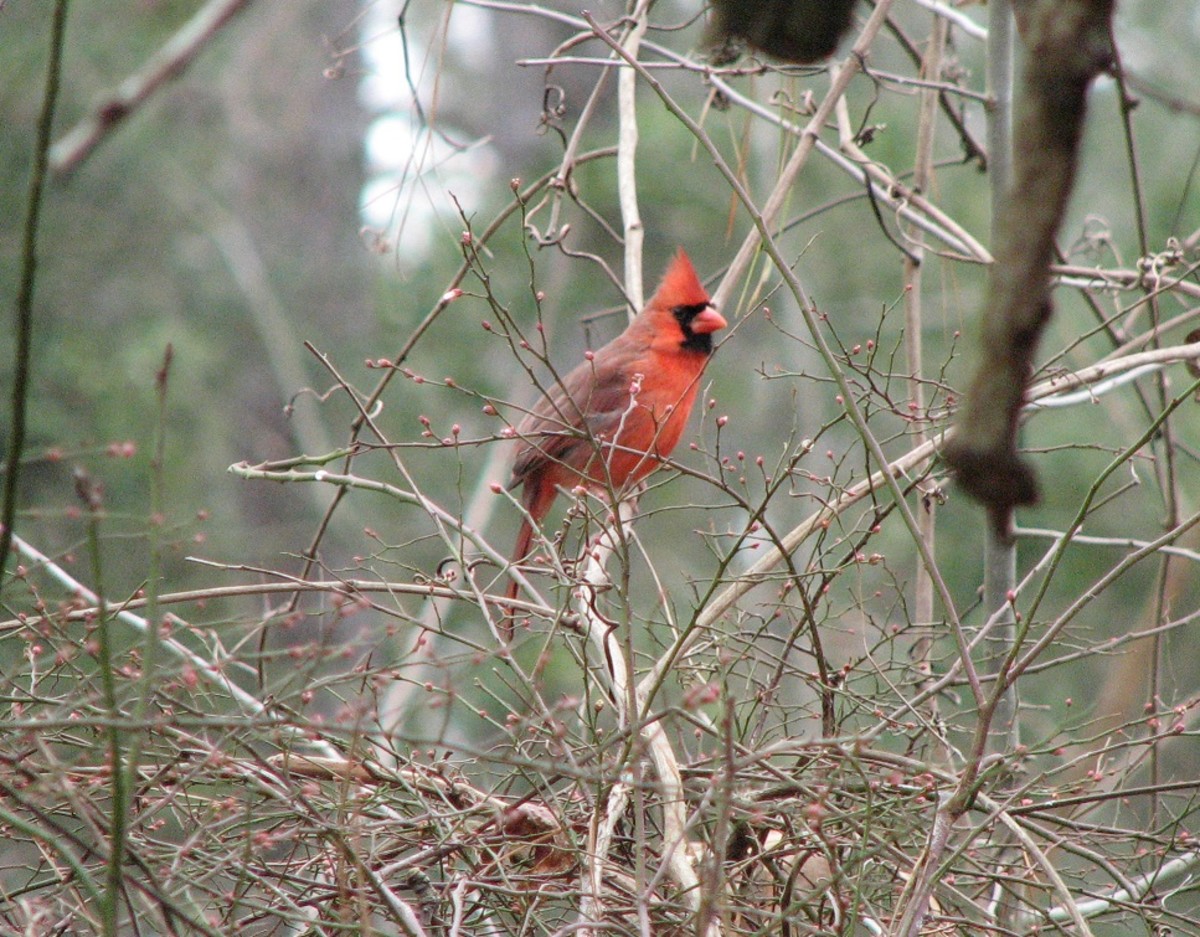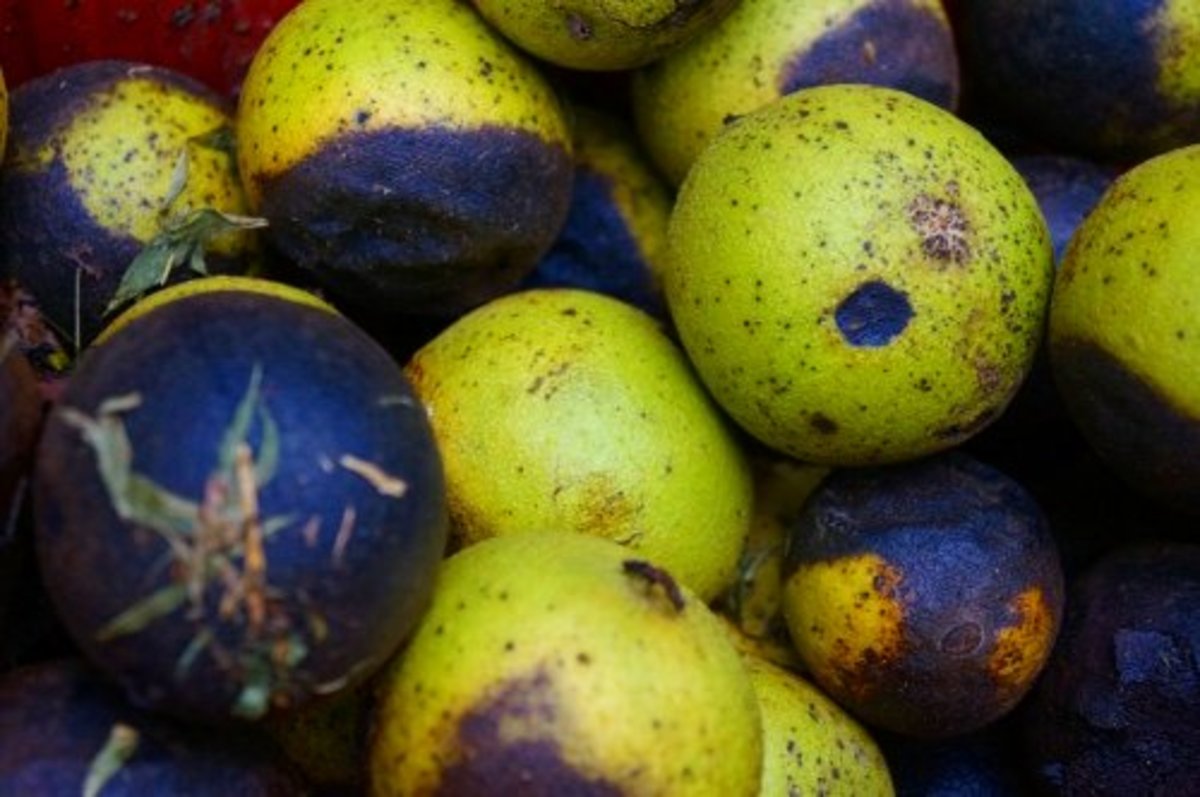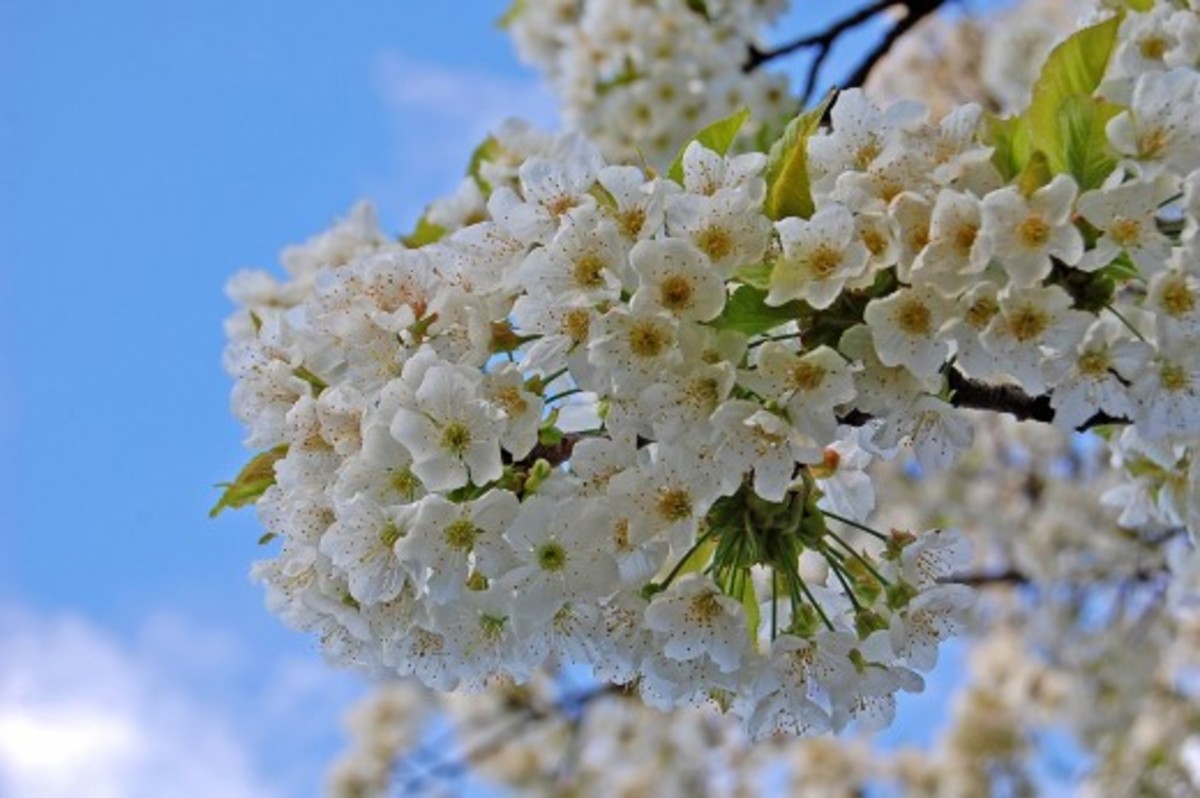What to Do to Help Shrubs Survive the Winter
It is important to know how to prepare shrubs for the long and sometimes brutal winter months when freezing temperatures, gusting winds and heavy snows are a constant threat. Giving your shrubs a little extra attention in the fall will not only help them withstand the perils of winter but will greatly reduce winter damage so that they can start the spring healthy and strong. It will also work to your advantage because maintaining the shrubs you do have will keep you from the expense and extra work of having to replace them if they do not survive the winter. There are several key steps you can take to preserve your shrubbery from winter's wrath:
Eliminate Dead and Diseased Wood
Once your bushes have shed their leaves for the fall, it will be very easy to see the dead and diseased wood that will need to be removed. Don't wait until the spring. Cut away this diseased and dying wood immediately.
Be sure to clip off dead branches as close as possible to the main body or trunk of the plant.
If your plants are large it is recommended that you trim and shape them until they are as compact as possible without ruining their shape. This will help keep the harsh wind from inflicting serious damage on them.
Prevent Desiccation
Desiccation, or drying out, is a major cause of damage and even death to shrubs, especially with evergreens. A shrub's roots continue to grow through the fall months, even once the leaves have fallen off. That's why it's crucial to thoroughly water your shrubs during this time. Just get your hose out and give them all a good soaking, then simply leave the hose on and let the water continue to run out slowly but steadily to make sure that enough of it will penetrate down to the roots so that they won't be left thirsty. You can use a watering can if you prefer or a bucket, either will do so that you can add the water slowly to the shrubs. Once the ground freezes you should do this again when the weather warms enough for a thaw.
There are some anti-desiccant products sold in garden centers today that may help you when winterizing your bushes and shrubs. All you have to do is spray these products onto the needles and leaves of your plants. They form a coating that helps to keep moisture inside your plants. But, as is usually the case in life, there really isn't an easy way out if you want to make certain your shrubs don't spend the winter thirsty. Research has shown that these compounds degrade rapidly making their use only minimally effective. Also, in order to get the best results, you must reapply the chemical in January or February so these products really aren't the way to go.
Mulching
Do not underestimate the importance of mulching when it comes to reducing water loss and sealing in the moisture around the root base. Place about a 2 to 3 inch layer of loose mulch around the shrub. Leave about a 3 to 4 inch area around the trunk of the bush mulch-free so that air can easily circulate and the plant will not accidentally suffocate. Remember, however, that mulch frequently attracts rodents like mice and rats who need a warm safe place to stay. Keep an eye out for these critters so that you don't find any nasty surprises down the road.
Create a Windscreen
In order to protect your larger bushes and shrubs from ice and snow, there is really only one option: build a windscreen. For this, you will need a supply of burlap and wooden stakes. The process might sound intimidating, but it is really quite simple. All you have to do is hammer 3--4 stakes around the shrub and then wrap burlap 2--3 times around the stakes. Make sure to secure the burlap around the screen using a staple gun. For extra protection, fill the area in between the shrub and windscreen with straw or leaves.
For smaller bushes and shrubs, just cut a piece of burlap to fit the size of the plant using a little extra so that it will not be too tight when you pull it up and break any branches, and place it at the base of the shrub at ground-level. The last thing you need to do is pull the burlap up around shrub so that it covers the whole plant. Where the burlap overlaps, and also at the top, use string to attach it to itself. Be certain that the bundle stays tight while you are doing this, or it may slide down later exposing the plant. And that's it! Your bushes and shrubs are now protected for the winter and you can have peace of mind when the cold wind blows and the heavy snows come.








